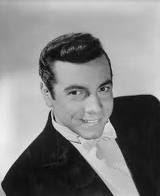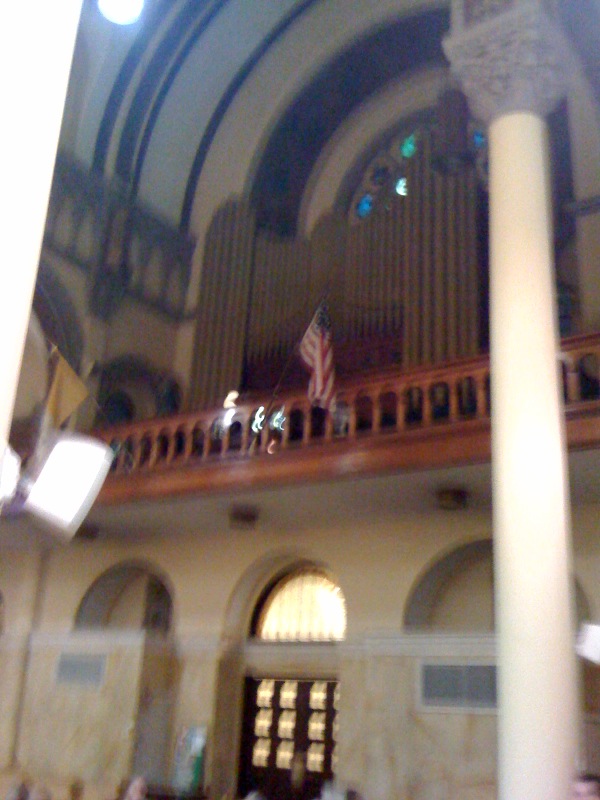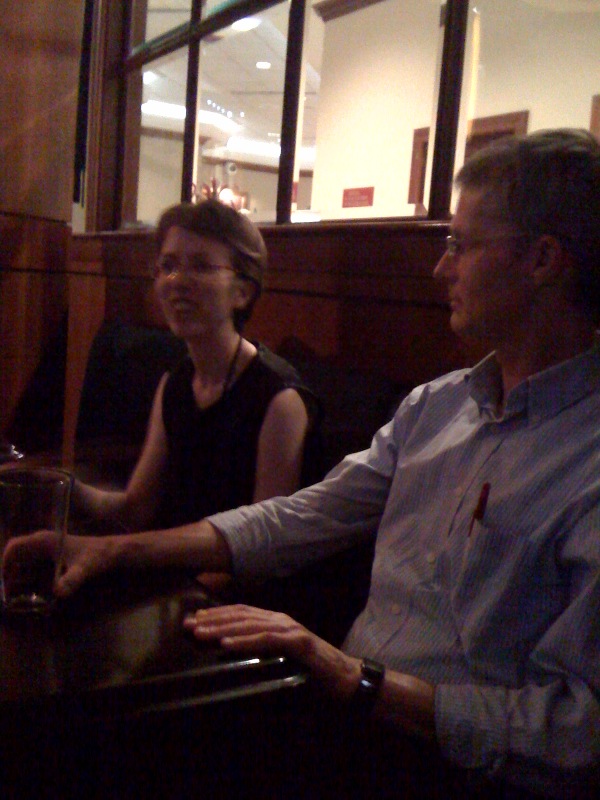Sunday is the LORD’s Day. Christians rise with the sun on the eighth day, the first new day of a new age of the Resurrection, and go to buildings which have been set apart for divine worship by the name church. They are called church because it is the Mystical Body of Christ, the Church, which assembles there in the presence of God just as the twelve tribes of Israel assembled at the foot of Mt Sinai to receive the Law and came to the temple in Jerusalem to offer sacrifices to ask God to forgive their sins. Christians come to celebrate the sacrament of the Eucharist, a word which means thanksgiving, in the context of a liturgy filled with rites and ceremonies called the Mass.
Every baptized Christian becomes a member of the Church when water and the Holy Spirit are poured over him at baptism. And so the Christian enters the church building just as he entered the Church through baptism, taking holy water as a reminder of his baptism and tracing upon himself the Sign of the Cross which brought about his insertion into the life of the triune God, Father, Son and Holy Spirit whose Name he invokes.
The Christian finds a space in an assembly where there are no divisions between rich and poor, races or social class. When he crosses the threshold of the church from the outside world into the church, he leaves behind all earthly cares to enter into a foretaste of the Heavenly Jerusalem, the place where heaven meets earth at this Mystical Banquet. Jesus Christ reigns in the church as surely as He reigns in heavens, from his throne in the tabernacle, where He waits for us to come and worship and adore Him. We enter the church and gaze at Christ who waits for us in the tabernacle and we touch the right knee to the ground in a simple act of adoration to Him who is worshipped by the angels and saints and by men. At the name of Jesus, every knee shall bow. We prepare for Mass by kneeling, a symbol of our own submission to the will of God. We make prayers of adoration, contrition, thanksgiving and supplication. We silently prepare ourselves for the re-enactment of the drama of Calvary, to receive the fruits of the one sacrifice offered to the Father for the salvation of men.
The priest, a man ordained to offer sacrifice for the living and the dead, has no other reason to exist than to make present in the here and now the same sacrifice that the LORD accomplished on the Cross, and to give to us the fruits of that sacrifice. Every day he offers the Mass, so that at every moment somewhere in the world there is the one sacrifice of redemption is celebrated in ritual forms and under symbolic guise, from the rising of the sun to its setting, and throughout the watches of the night.
The priest enters the sacristy clad in his black cassock, a sign of his renunciation of the world and of penance for his sins. He washes his hands and prays,
CLEANSE my hands, O Lord, from all stain, that, pure in mind and body, I may be worthy to serve Thee.
Just as the priests of the Old Testament purified the hands that would offer sacrifices of animals and plants, the priest of the New and Eternal Covenant washes his hands as a symbol of a prayer that he may be worthy to offer the last sacrifice for the People of God. The priest then puts on vestments reminiscent of those worn by the priests of the temple and the doctors of the law. Adore the LORD in holy attire, the Psalmist says, and the priest, putting on these special clothes, reminds himself that what he is doing is no ordinary, everyday action, but the Act by which Jesus redeems and saves us. He makes the Sign of the Cross and picks up the amice, a linen cloth held by strings evoking the prayer shawls of Jewish men, and prays, PLACE, O Lord, the helmet of Salvation upon my head to repel the assaults of the Devil.
Satan hates the Mass, because by that sacrifice commemorated here his reign over the hearts of men was destroyed, and so he seeks to distract the priest from his noble task and draw him into hell with the damned. Undaunted, the priest picks up the alb, a white garment stretching to the feet which reminds him of the pure white robe given to him at baptism as a symbol of his restored innocence. The word alb comes from the Latin word alba, which means white. When St John had his vision of the end of the world, he saw a multitude which no man could number, from every nation, from all tribes and peoples and tongues, standing before the throne and before the Lamb, clothed in white robes, with palm branches in their hands, and crying out with a loud voice, Salvation belongs to our God who sits upon the throne and to the Lamb![1] The priest standing in the place of the people, appears before them a sign of the blessed in heaven praising the Lamb slain for them in this sacrifice, and prays,
CLEANSE me, O Lord, and purify my heart, that, being made white in the Blood of the Lamb, I may attain everlasting joy.
The priest then puts the cincture around his waist,
GIRD me, O Lord, with the girdle of purity and quench in me the fire of concupiscence, that the grace of temperance and chastity may abide in me.
He is reminded that he is a sinful man, prone to the lusts of the flesh as any man, but called to a life of angelic chastity for the love of souls. As Jesus said to the Apostle Peter, he says now to the priest, When you were young, you girded yourself and walked where you would, but when you are old, you will stretch out your hands and another will gird you and carry you where you do not wish to go.[2] Christ reminds the priest that he is promised to an obedience which transcends his own desires, a sacrifice willingly undertaken for love of souls. In ancient times, the priest put on his left arm a maniple, a handkerchief to wipe his sweaty brow during the Mass, and he prayed,
GRANT me, O Lord, to bear the light burden of grief and sorrow, that I may with gladness take the reward of my labor.
The priest’s life is one of hard work and solitude, so he asks for the strength to live the life Christ has asked him to live. GIVE me again, O Lord, the stole of immortality, which I lost by the transgression of my first parents, and although I am unworthy to come unto Thy Holy Sacrament, grant that I may attain everlasting felicity. This man of obedience, this man of sorrows, kisses and places round his neck a stole, a long, narrow piece of cloth. Roman government officials wore stoles as signs of their authority, and the priest, who has the authority from God to teach, sanctify and govern, wears this ancient emblem of office whenever he celebrates a sacrament. But more important than authority, however legitimate, is love, and so the priest covers the stole and everything else with the chasuble, from the Latin word casula, or little house, signifying that charity is to cover all else in the priest’s life. He prays, LORD, who hast said, My yoke is easy, and My burden is light, grant that I may so bear it, as to attain Thy grace. Amen. The priest may then put on his headcovering, the biretta. Having its origin in the Middle Ages as a scholar’s cover, the priest must be learned in the sacred sciences, so it is appropriate that he wear the sign of that learning in church.
The priest spends time in silent preparation for what he is about to do. When the time has come, he bows to the Cross in the sacristy, as just as the Word made Flesh came forth from the body of the Virgin into the world, the Word’s herald comes vested in the ancient garments of tradition from the womb of the sacristy into the Church, the Body of Christ given for the life of the world. He rings a bell as a sign that the drama of Calvary is about to begin, and everyone is ready to witness its power and glory.

 ever erudite Bow Tied One Monday evening, necessity called him to don his gym teacher whistle and clipboard, and do the S-A-T-B headcount for each of the five polyphonic choirs. And, of course, the headcount eventually turned into a cheery auction- “Can we get a few more tenors for the Palestrina? Howabout a few more tenors for Vespers, guys? Guys?” Of course, it seems that by Tuesday every choir had a requisite, if not ideal balance.
ever erudite Bow Tied One Monday evening, necessity called him to don his gym teacher whistle and clipboard, and do the S-A-T-B headcount for each of the five polyphonic choirs. And, of course, the headcount eventually turned into a cheery auction- “Can we get a few more tenors for the Palestrina? Howabout a few more tenors for Vespers, guys? Guys?” Of course, it seems that by Tuesday every choir had a requisite, if not ideal balance.




.jpg)
.jpg)
.jpg)
.jpg)
